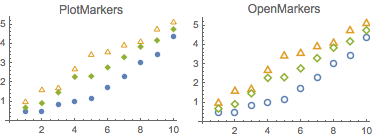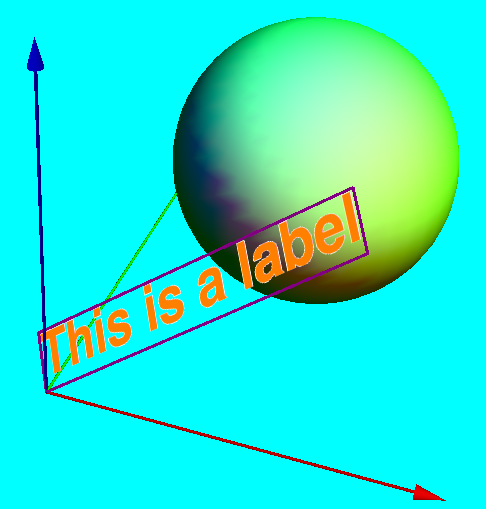

- MATHEMATICA TABVIEW LABELS SOFTWARE
- MATHEMATICA TABVIEW LABELS LICENSE
- MATHEMATICA TABVIEW LABELS SERIES
The great power of Dynamic lies in the fact that it can display any function of x just as y xD, 8y, 0, 2 Pi You can combine a slider with a display of its current value in a single This might seem like a simple feature, but it is the basis for a very powerfulĮach time the value of x is changed, the dynamic output above is updated automatically. X was initially a number does not mean it cannot become a formula or even a graphic in subsequent evaluations.

There are no restrictions on the kinds of values that can go into a dynamic output. (This sentence will, of course, become incorrectĪs soon as the value of x is changed again.) The first two static outputs are still 25 and 49 respectively, but the single dynamic output nowĭisplays 100, the square of the last value of x. You subsequently change the value of the variables, the displayed output will changeĮvaluate the following cells one at a time, and note the change in the value displayed above. Wrapped in Dynamic, you will get the same result as you would have without Dynamic. In fact it is generally the case that when you first evaluate an input that contains variables This new kind of output is provided by Dynamic.Įvaluate the following cell note that the result will be 49 because the current value of x is 7. May often want a fundamentally different kind of output, one that is automatically updated toĪlways reflect its current value. This is, ofĬourse, very useful, if you want to see a history of what you have been doing. The first output still shows the value from when x was 5, even though it is now 7. Record of calculations done in the order in which they were entered.Įvaluate each of these four input cells one after the other.
MATHEMATICA TABVIEW LABELS SERIES
Ordinary Mathematica sessions consist of a series of static inputs and outputs, which form a The accompanying text will not make sense You are expected to evaluate all the input lines as you However, do continue with this tutorial if you want to build a wider range of structures, Problem at hand, you need look no further than Manipulate and you do not need to read this Yet powerful way of creating a great many interactive examples, programs, and demonstrations, all in a very convenient, though relatively rigid, structure. These functions are the foundation of a higher-level function Manipulate that provides a simple This tutorial describes the principles behind Dynamic, DynamicModule and related functions,Īnd goes into detail about how they interact with each other and with the rest of Mathematica. Mathematica is notĪssociated with Mathematica Policy Research, Inc. All other trademarks used herein are the property of their respective owners.

Macintosh is a registered trademark of AppleĬomputer, Inc. Microsoft Corporation in the United States and other countries. NET/Link, and webMathematica are trademarks of Wolfram Research, Inc.

Mathematica, MathLink, and MathSource are registered trademarks of Wolfram Research, Inc. Which errors or omissions could threaten life, injury or significant loss.
MATHEMATICA TABVIEW LABELS SOFTWARE
Wolfram does not recommend the use of the software described in this document for applications in Your requirements or that the operation of the Software will be uninterrupted or error free. Wolfram does not warrant that the functions of the Software will meet Statutory, or implied, with respect to the Software (or any aspect thereof), including, without limitation,Īny implied warranties of merchantability, interoperability, or fitness for a particular purpose, all of ("Wolfram") make no representations, express,
MATHEMATICA TABVIEW LABELS LICENSE
Pursuant to the terms of a license granted by Wolfram Research or as otherwise authorized by law is an infringement Organization, “look and feel,” programming language, and compilation of command names. In this document, including without limitation such aspects of the system as its code, structure, sequence, Wolfram Research is the holder of the copyright to the Wolfram Mathematica software system ("Software") described No part of this document may be reproduced or transmitted, in any form or by any means,Įlectronic, mechanical, photocopying, recording or otherwise, without the prior written permission of the copyright Visit the Customer Service website at or email Customer Service at Īll rights reserved. For use with Wolfram Mathematica® 7.0 and later.įor the latest updates and corrections to this manual:įor information on additional copies of this documentation:


 0 kommentar(er)
0 kommentar(er)
